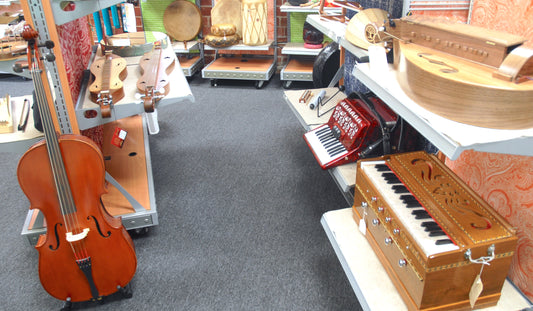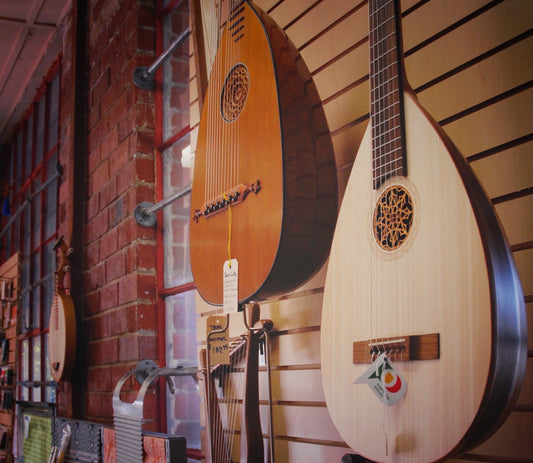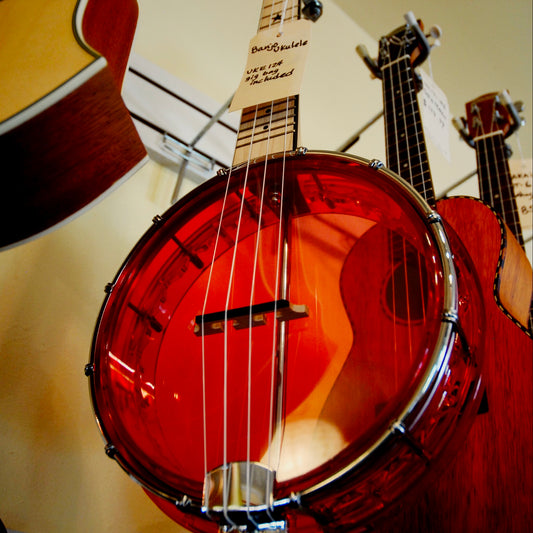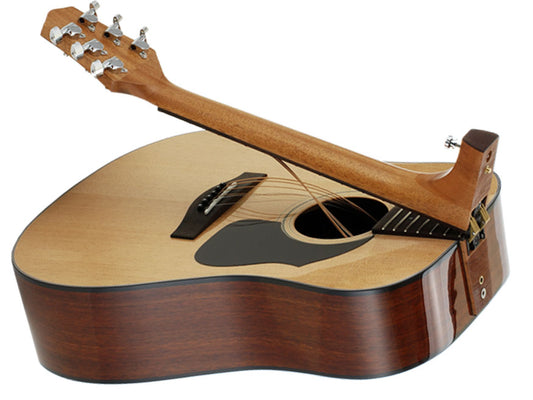News

Cellos History
The earliest depictions of the violin family, from northern Italy c. 1530, show three sizes of instruments, roughly corresponding to what we now call violins, violas, and cellos. Contrary to...
Cellos History
The earliest depictions of the violin family, from northern Italy c. 1530, show three sizes of instruments, roughly corresponding to what we now call violins, violas, and cellos. Contrary to...

Fiddles
The medieval Fiddle emerged in 10th-century Europe, deriving from the Byzantine lira, a bowed string instrument of the Byzantine Empire and ancestor of most European bowed instruments. The first recorded...
Fiddles
The medieval Fiddle emerged in 10th-century Europe, deriving from the Byzantine lira, a bowed string instrument of the Byzantine Empire and ancestor of most European bowed instruments. The first recorded...

Lutes
The lute can refer generally, to any plucked string musical instrument with a neck (either fretted or unfretted) and a deep round back, or the more specific style of "European...
Lutes
The lute can refer generally, to any plucked string musical instrument with a neck (either fretted or unfretted) and a deep round back, or the more specific style of "European...

Banjo Ukuleles
The ukulele has inspired many "hybrid instruments" including the guitarlele, banjo ukulele, harp ukulele and even a lap steel ukulele! There are resonator ukes and electric ukes as well! There...
Banjo Ukuleles
The ukulele has inspired many "hybrid instruments" including the guitarlele, banjo ukulele, harp ukulele and even a lap steel ukulele! There are resonator ukes and electric ukes as well! There...

Inlaid Octave Mandolins & More
The mandolin is a small stringed instrument with eight strings in four pairs (two strings for each note) that are either plucked or strummed in a trill. It's a descendant...
Inlaid Octave Mandolins & More
The mandolin is a small stringed instrument with eight strings in four pairs (two strings for each note) that are either plucked or strummed in a trill. It's a descendant...

Folding Guitars: Flying with your Voyage-Air
Simply stated: a Voyage-Air guitar can change the way that you travel when flying on a commercial airliner. Obviously, with a Voyage-Air, you can carry your guitar with you as...
Folding Guitars: Flying with your Voyage-Air
Simply stated: a Voyage-Air guitar can change the way that you travel when flying on a commercial airliner. Obviously, with a Voyage-Air, you can carry your guitar with you as...
